The orchard at St. James’s Park in London
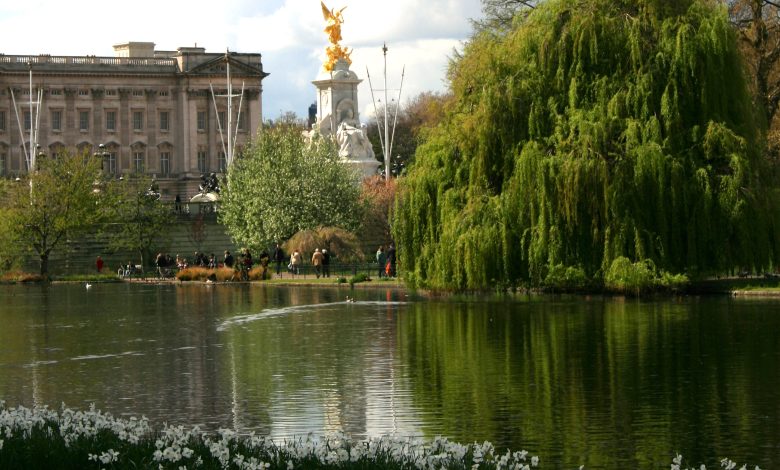
Hello to all Farmers! As you can see, Lucía made me very envious (healthy, yes) with her trip to English lands and for that reason I have also moved there to tell you something more about urban horticulture in London. Specifically, today I am going to talk about a garden that is located in a very famous park in London such as St. James’s Park.
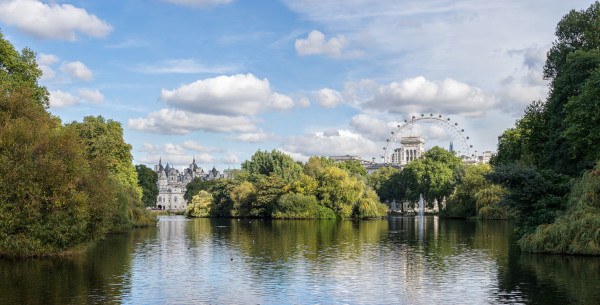
St. James’s Park is a 23-hectare expanse in the Westminster area of central London, the oldest of the city’s Royal Parks. It is a very touristy park as it is surrounded by Buckingham Palace to the west, The Mall and St. James Palace to the north, Horse Guards to the east, and Bridcage Walk to the south; In addition, a few meters away is the famous Big Ben, the Houses of Parliament, Westminster Abbey and, a little further up, Trafalgar Square.But apart from its location, St. James’s Park is famous because, in my opinion, it has a special charm.Its lake teeming with waterfowl, including a population of friendly pelicans, a gift from a Russian Ambassador… yes, yes, huge pelicans in central London! ; its gardens and lawns full of people sunbathing as soon as it brings out some of its long-awaited rays in these latitudes, its views: on one side Buckingham Palace, on the other House Guard and in the background The London Eye … but, For me, and I’m sorry I’m not very objective, one of the key aspects that gives St. James that cute touch, as they would say, is Duck Island Cottage, where, as you can imagine, our garden is today.

A bit of history…
Duck Island Cottage, is a picturesque cottage in the heart of London, a place that has long been the refuge for many waterfowl. Birds of various kinds, both native and foreign, have been kept here since 1612, in an aviary along what is now Birdcage Walk.
In 1532, the famous Henry VIII bought the area where the park now stands, which at the time was a swampy marshland. When James I ascended the throne in 1603, he ordered that it be drained and landscaped, and he used it as a «zoo», since he used to keep exotic animals that he brought as gifts mainly from trips to the colonies, among which there were camels, crocodiles, and an elephant, as well as various exotic birds.

It was Charles II who created the position of ‘Governor of Duck Island’ and William III who had the first gatehouse built. Despite being described at the time as » one of the most charming summer retreats imaginable » or » a paradise in miniature «, it was destroyed in 1771 and rebuilt after 1840, thanks to the Ornithological Society of London who demanded that it be rebuilt. rebuild a shelter for the bird keeper. Architect John Burges Watson was commissioned to design Duck Island Cottage as we know it today. Watson produced a small, irregular, Swiss-inspired cottage to contrast with the increasingly monumental architectureof the government offices that were erected around Whitehall.

The last bird keeper dwelt at Duck Island Cottage from 1900 to 1953. After his passing, the house was deemed unfit for use as a dwelling and was abandoned. The demolition seemed inevitable, but as it was a construction so deeply rooted in the hearts of Londoners and therefore in the spotlight of public opinion, it was agreed that The Royal Fine Art Commission should be consulted before its destruction., which, fortunately, urged the preservation of Duck Island Cottage, allowing residents and visitors to the metropolis to continue enjoying this magnificent setting.

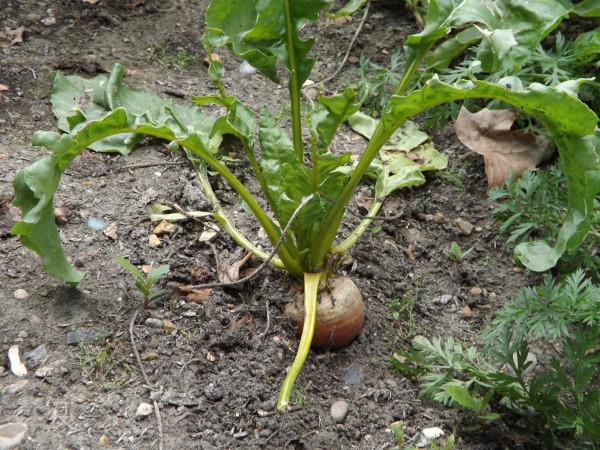
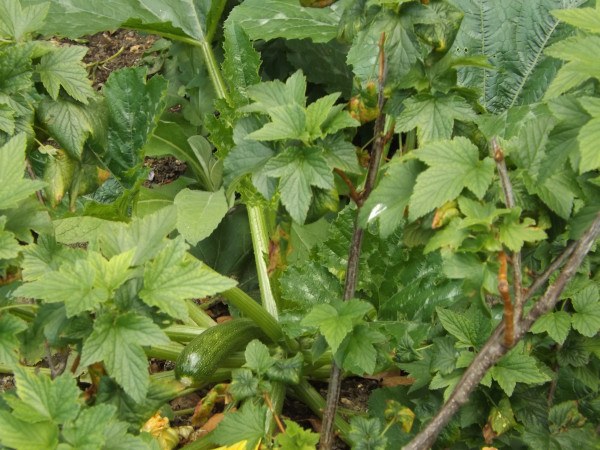
Duck Island Cottage’s orchard in St. James’s Park
In 1994 Duck Island Cottage became the headquarters of the London Historic Parks and Gardens Trust, a society charged with the protection and improvement of parks and gardens throughout London. In one of those improvement plans they decided to create a garden around the cabin.
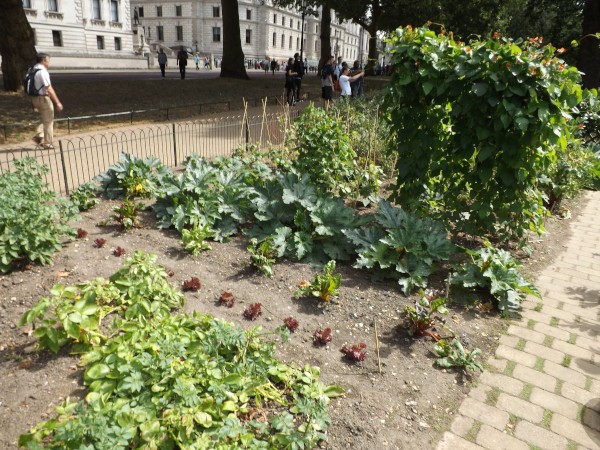
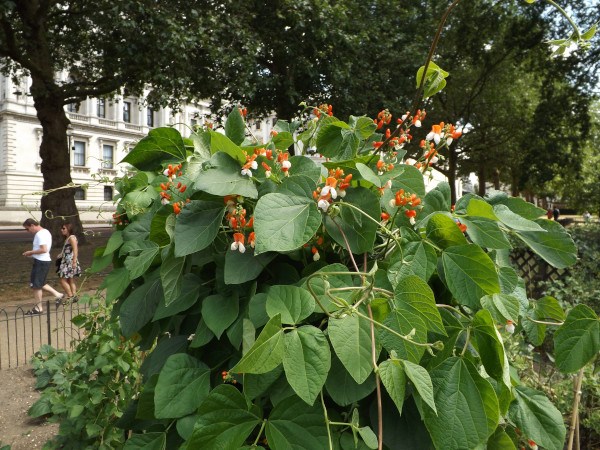
The garden has everything: beets, artichokes, cabbage, strawberries, lettuce, chard, zucchini… In addition to a wide collection of aromatic herbs to ward off pests and flowers to attract pollinators. Some bean plants with orange flowers caught my attention, I had never seen them like this, and from what I have been able to find out, it is the painted purple bean plant. You will never go to bed without learning something new.

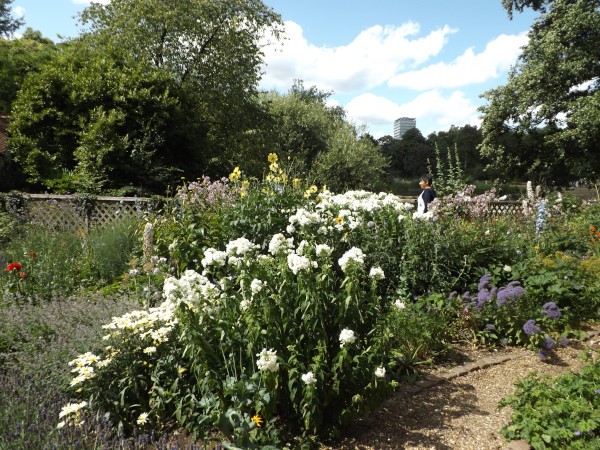
Focusing the decoration around Duck Island Cottage on horticulture was a very appropriate choice, as St. James’s Park is now the best and most influential place in central London to see this stream of agriculture growing closer to the city. which has been taking place in London for years.
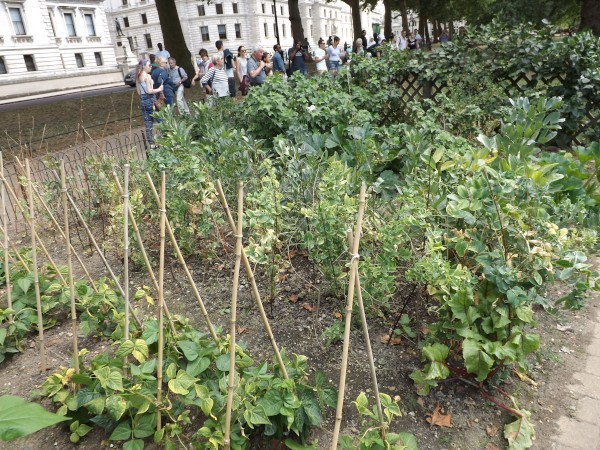
I hope you liked the article and, you know, if you travel to London don’t forget to look for the orchard in St. James’s Park. Until next time!
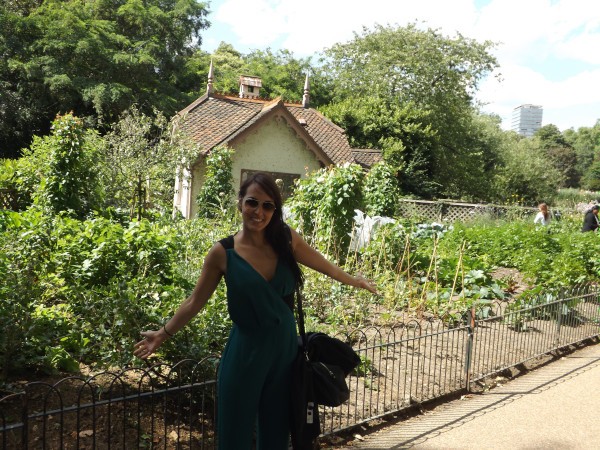

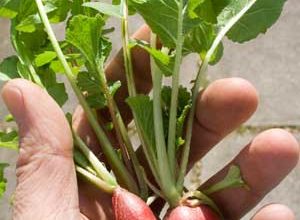
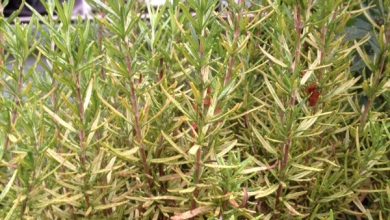
![Photo of Ficus Benjamina: [Planting, Care, Irrigation, Substrate and Characteristics]](https://www.complete-gardening.com/wp-content/uploads/2022/08/ficus-benjamina-planting-care-irrigation-substrate-and-characteristics-390x220.jpg)
